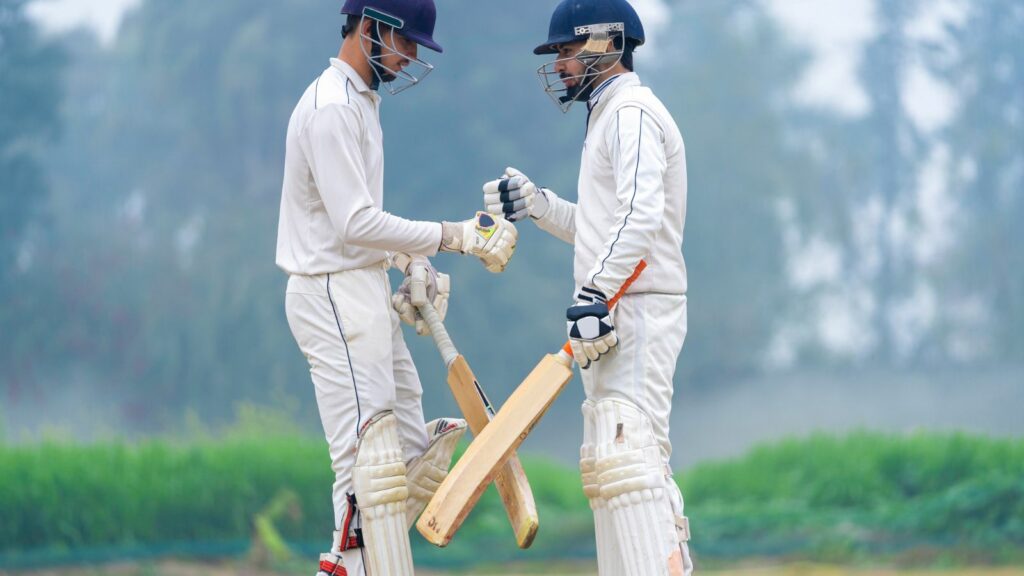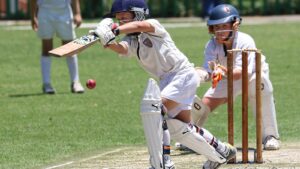Imagine a cricket match that spanned not hours, not days, but almost a fortnight. It’s not a figment of the imagination, but a reality from cricket’s golden archives. This riveting story revolves around the longest cricket game in history, a testament to the endurance and passion that defines this sport.
This epic encounter took place in the early 20th century, setting a record that still stands unbroken. It’s a tale that intertwines the beauty of the sport with the tenacity of its players. So, let’s journey back in time to relive the excitement, the tension, and the sheer love for cricket that led to this historic event.
Longest Cricket Game in History
A historic cricket match spanning nearly two weeks, a testament to the game’s inherent endurance, this record-setting game ingrained the sports beauty with the tenacity of the players.
England and South Africa, two cricket giants, locked horns in this historic match. Both teams, renowned for their sporting prowess, left an indelible mark in the annals of cricket history. England, helmed by the stalwart captain, C. Aubrey Smith, showcased a balanced combination of experience and fresh talent. South Africa, led by Owen Dunell, had a fiery lineup known for their tenacity and unyielding spirit, which would be crucial in the days to come.
The Venue Details
Staged at the iconic Sahara Stadium Kingsmead, Durban, this enduring match imprinted its legacy on the field. Known for its capacity to seat over 25,000 spectators, Sahara Stadium Kingsmead boasts a rich cricketing history. The pitch, notorious for its unpredictable nature, played a significant role in the record match. During those drawn-out days of play, the ground’s weather conditions varied between sunny, overcast, and periods of rain, further adding to the challenges of the longest game ever played.
Tracing the Timeline of the Game
The timeline unveils how events unfolded during this marathon encounter between England and South Africa, revealing numerous twists and surprises. Here’s a day by day insight and a look at vital turning points affecting the game’s eventual outcome.
Initiating the timeline, the first day commenced with England winning the toss and choosing to bat first. Abundantly, the team made a mammoth total of 600 for seven announced runs. Day two featured South Africa amassing runs on the slow pitch, inching towards England’s total.
Day three saw a display of batting elegance from Percy Holmes, leading South Africa’s gallant response and ending the day 443 for three runs. Day four, notwithstanding, brought an unforeseen downpour, keeping teams off the field for a majority of the day. Consequently, declaring a result under these circumstances remained impossible, with South Africa sitting at 473 for nine on day five.
Noteworthy Performances
Delving into the individual performances, each player showed remarkable skill and sportsmanship in their respective roles. Stunning batting and bowling statistics collectively contributed towards the notably prolonged match duration.
The sheer longevity of the game attributes to tenacious batting drives by both teams. England openers, Bob Wyatt and Herbert Sutcliffe, were assertive from the start, setting a colossal first innings total. Their counterparts on the South African side had to counter with similar grit and determination. Both Eddie Dawson and De Villiers Le Roux showed resilience, constantly adjusting to the changing pitch conditions and persistent English bowling attack. Players kept their stamina in check and paced their innings strategically in light of the foreseeable long haul, truly putting their technical prowess and patience to the test.
Impressive Bowling Stats
Ancillary to the monumental batting performance was the tactical and patient bowling by both sides. The English bowling line-up, led by the likes of Maurice Tate and Tich Freeman, effectively capitalized on the slow and spinning pitch conditions, persistently restricting South African run rates. South African bowlers, particularly Denys Morkel and Cyril Vincent, weren’t far behind either. They demonstrated skillful line and length variations, putting pressure on the English lineup. While wickets were hard to come by due to the pitch conditions and long game stretch, the bowlers ensured tight bowling rates, contributing to the marathon game. These stats lay clear testimony to the intensity of pressure and strategy that dictated this historic match.





